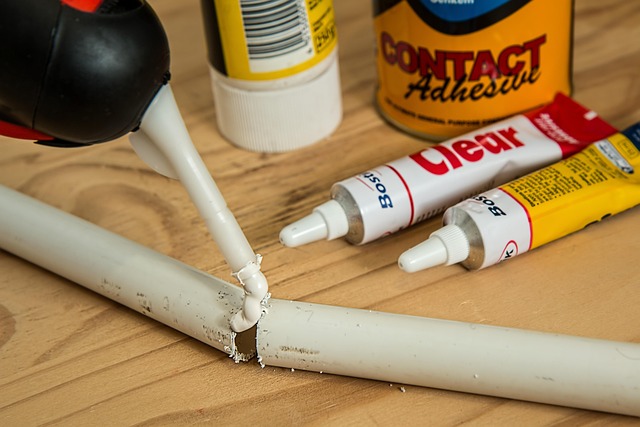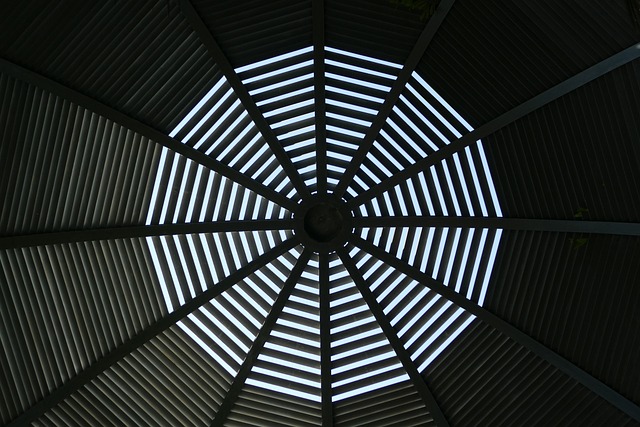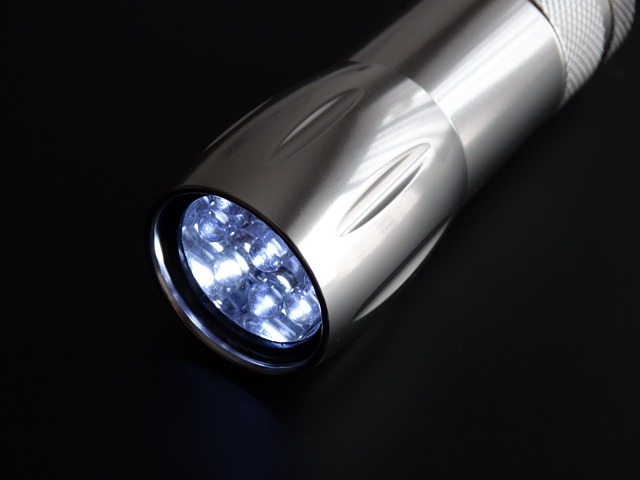Premium Glue Laminated Beams: Versatile Construction Strength

Glue Laminated Beams (GLulam) are engineered wood products with superior strength and stability, ideal for heavy loads and long spans in residential &…….
In the realm of construction and engineering, innovative materials and techniques are constantly shaping the built environment. Among these advancements, Glue Laminated Beams (GLB) has emerged as a game-changer, offering enhanced structural integrity and design flexibility. This article aims to delve into the multifaceted world of GLB uses, exploring its historical development, global reach, economic implications, technological innovations, regulatory landscape, and its impact on various industries. By examining these aspects, we will uncover why GLB is not just a construction material but a catalyst for modern architectural marvels.
Glue Laminated Beams, as the name suggests, are structural elements created by laminating multiple layers of wood or composite materials using high-performance adhesives. This process involves pressing together the laminated sheets under controlled conditions to ensure a strong bond. The core components include:
The concept of laminated timber structures dates back to the early 20th century when engineers sought more robust alternatives to traditional wooden beams. The early 1900s saw the development of laminated wood for railway carriage construction, leading to advancements in adhesive technology. Over time, the technique evolved, and GLB gained prominence in the late 20th century as a solution for high-strength, lightweight structural components.
GLB’s significance lies in its ability to:
The adoption of GLB technology has spread across the globe, with each region adapting it to suit local needs and construction practices.
| Region | Key Trends and Applications |
|---|---|
| North America | Widely used in residential and commercial buildings, known for its strength and fire resistance. The US market is characterized by strict building codes influencing GLB design. |
| Europe | Popular in timber-framed construction, especially in countries like Germany and Austria, where high-quality timber resources are abundant. European standards ensure consistent quality. |
| Asia Pacific | Rapidly growing construction sector, particularly in China and Japan, drives demand for GLB. These markets focus on cost-effectiveness and rapid installation. |
| Middle East | Used in large-scale infrastructure projects like high-rise buildings and bridges due to its ability to handle heavy loads. The region’s arid climate poses specific challenges that GLB solutions address. |
The global Glue Laminated Beams market has experienced steady growth, driven by increasing construction activity, particularly in emerging economies. According to a 2021 report by Market Research Future (MRFR), the market size was valued at USD 2.5 billion in 2020 and is projected to grow at a CAGR of 7.8% from 2021 to 2027. This growth is attributed to:
GLB production involves significant upfront capital for equipment and skilled labor but offers long-term cost savings:
One of the most significant drivers of GLB development is technological innovation in adhesives. Modern resins offer superior bonding strength, flexibility, and environmental resistance. For instance:
The digital revolution has transformed GLB production, enabling precise design and efficient manufacturing:
The diverse global adoption of GLB has led to the development of various standards and certification programs to ensure quality and safety:
As the construction industry faces increasing pressure to reduce its environmental footprint, policies are being implemented to promote sustainable GLB practices:
One of the primary challenges associated with GLB is ensuring structural integrity, especially in extreme weather conditions or seismic zones. Addressing this issue involves:
Despite their advantages, GLB beams may be perceived as expensive, limiting their accessibility in certain markets. To overcome this:
The specialized nature of GLB production requires a skilled workforce, which is currently in demand and may pose a challenge:
In a bustling urban center like Tokyo, space is premium. A high-rise residential project utilized GLB beams to maximize floor space while maintaining structural integrity. The use of precision-engineered GLB allowed for wider spans between columns, resulting in larger living areas and enhanced natural light. This application exemplifies how GLB can meet the demanding requirements of modern urban construction.
The rugged terrain and extreme weather conditions of Alaska presented unique challenges for a new bridge project. GLB beams were chosen for their strength, durability, and resistance to corrosion from salt water and freezing temperatures. The successful completion of this bridge highlights GLB’s ability to withstand harsh environmental conditions while providing a safe and efficient transportation network.
A recently constructed school in Brazil embraced sustainability as a core design principle. GLB beams were chosen for their eco-friendly properties, including reduced carbon footprint and long lifespan. The project achieved LEED (Leadership in Energy and Environmental Design) certification, showcasing how GLB can contribute to environmentally conscious construction.
The future of GLB looks promising with several growth areas emerging:
Glue Laminated Beams have evolved from a niche construction material to a powerful tool that is revolutionizing architectural design and structural engineering. Their versatility, strength, and sustainability make them a preferred choice for modern construction projects worldwide. As technology advances and global infrastructure demands grow, GLB will undoubtedly play an increasingly vital role in shaping our built environment.
Q: Are Glue Laminated Beams stronger than traditional wooden beams?
A: Yes, GLB can provide significantly greater strength-to-weight ratios and superior structural integrity, enabling longer spans and reduced material usage.
Q: How do GLB beams perform in extreme weather conditions?
A: Advanced testing protocols ensure that GLB meets stringent performance standards for various environmental conditions. Their resistance to rot, pests, and corrosion makes them suitable for harsh climates.
Q: Can GLB be used in sustainable building projects?
A: Absolutely! GLB’s eco-friendly properties, including its ability to be made from recycled materials and reduced carbon footprint, make it an excellent choice for green construction.
Q: Are there any safety concerns associated with GLB beams?
A: With proper manufacturing, testing, and installation, GLB beams are safe and reliable. Strict standards and certifications ensure structural integrity and minimize potential risks.
Q: How do I choose the right type of GLB for my project?
A: Consider project requirements, local building codes, and environmental factors. Consult with engineers and manufacturers to select GLB that aligns with your specific needs and ensures optimal performance.

Glue Laminated Beams (GLulam) are engineered wood products with superior strength and stability, ideal for heavy loads and long spans in residential &…….

Glue laminated beams (glulam) offer exceptional strength and versatility for construction, spanning longer distances, supporting heavier weights, and…….

Choosing the right adhesive is crucial for Glue Laminated Beams Uses (GLB), offering cost-effective and sustainable structural strength. Traditional P…….

Glue laminated beams (glulam) enhance construction with exceptional strength and versatility. Spanning longer distances than traditional wood, glulam…….

When selecting glue for laminating beams (Glue Laminated Beams Uses), prioritize high-quality adhesives for robust bonds that resist stress, water, he…….

Glue Laminated Beams (GLBeams) offer exceptional strength and versatility for construction, from residential open floor plans to commercial projects d…….

Selecting the right glue is vital for structural integrity of glue laminated beams (glulam), with choices driven by wood type, conditions, and demands…….

Proper bonding with high-quality glue is essential for strong and durable glue-laminated beams (GLB) used in structural engineering. Choosing the righ…….

Glue Laminated Beams (GLBs), or glulam, are versatile and sustainable building materials with diverse applications. They offer a cost-effective altern…….

Glue Laminated Beams (GLBs) are revolutionizing construction with their strength, versatility, and sustainability. Popular for residential and commerc…….